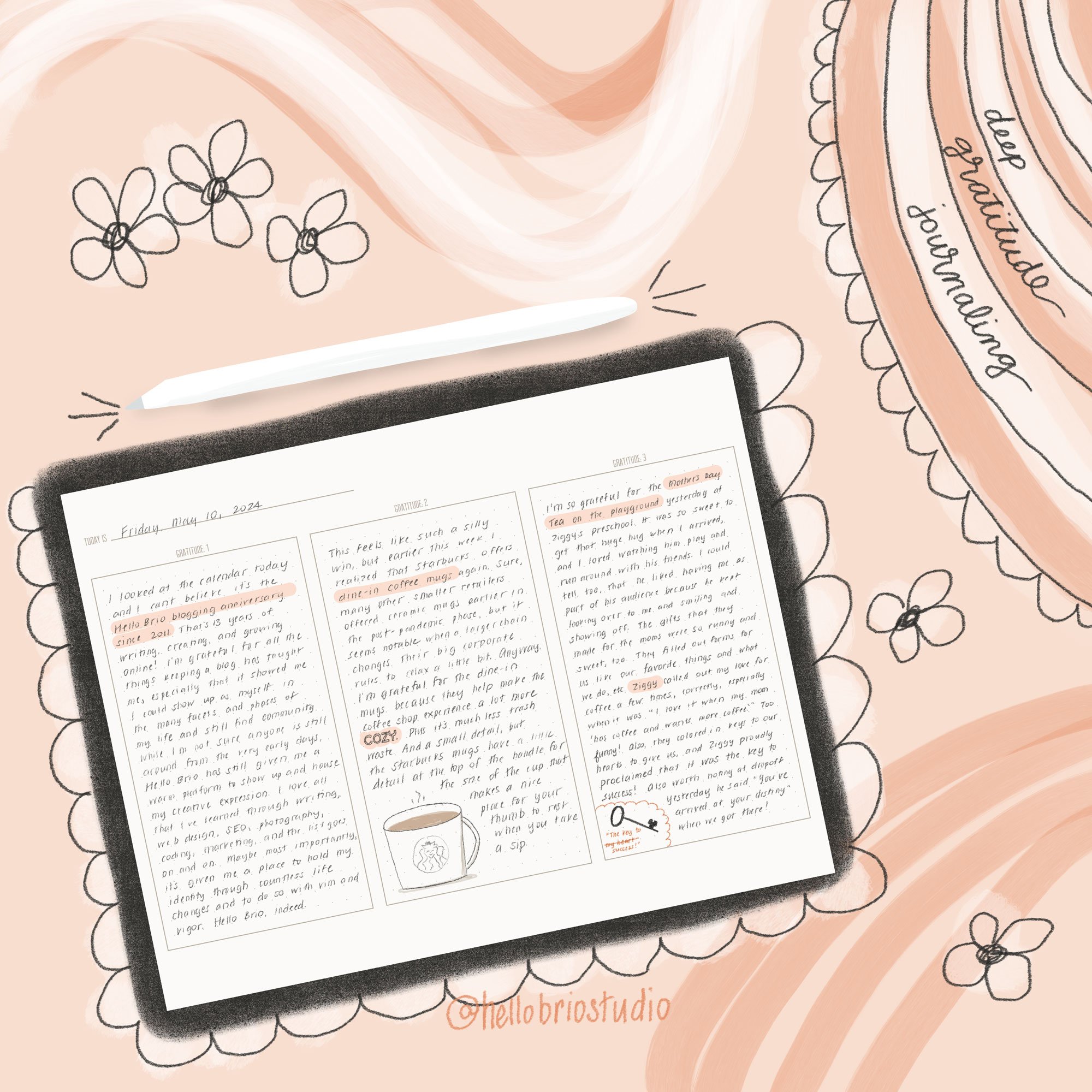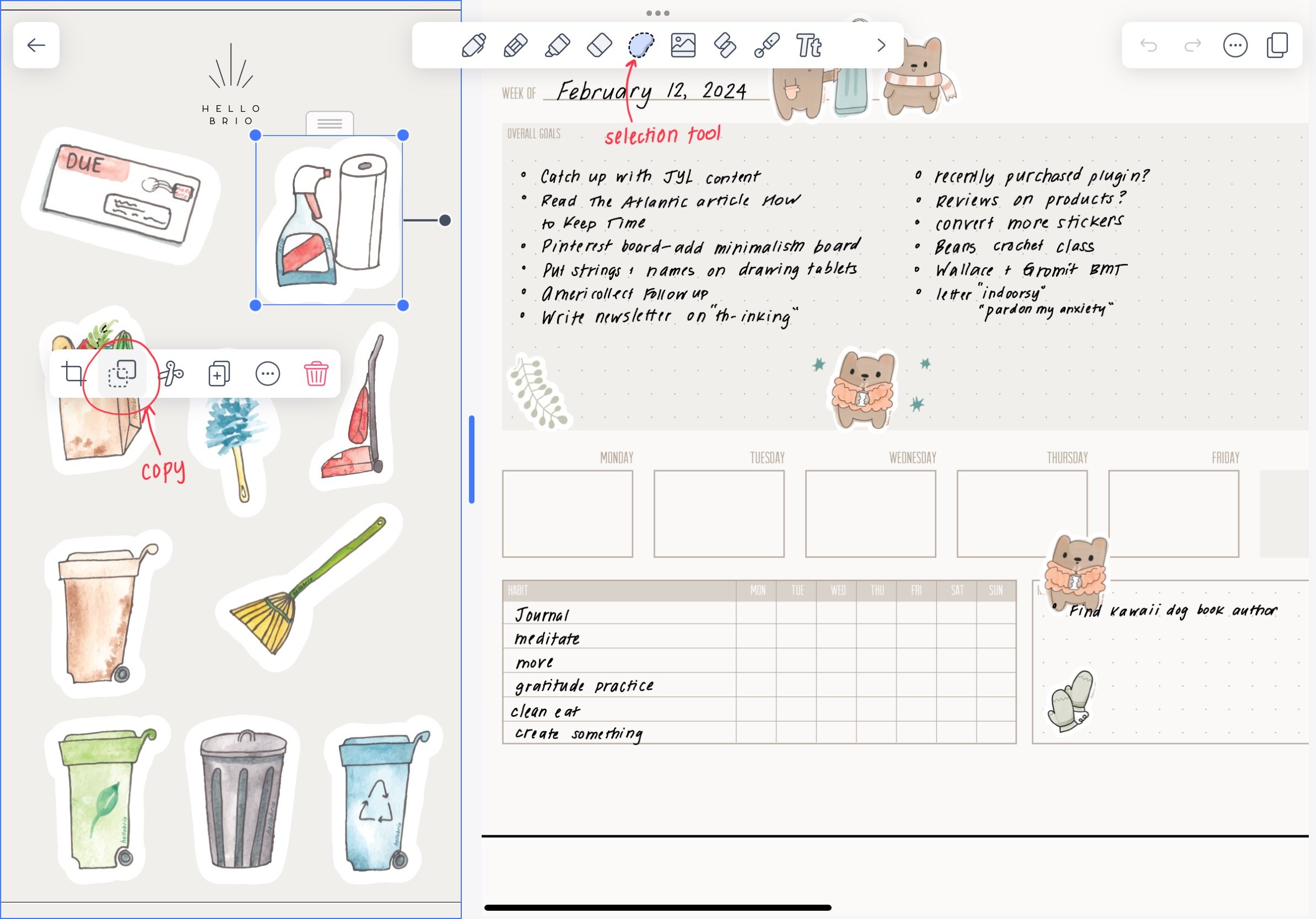9 Advanced On-Page SEO Techniques for Entrepreneurs to Provide a Better User Experience
You might be wondering, “How can SEO help small businesses and entrepreneurs?” or, “Is SEO still relevant?”
As a business owner where 80% to 90% of my traffic comes from Google, I’d say absolutely yes.
Hustling on Instagram will only get you so far. SEO can be the major driver that feeds traffic to your business—without much active work from you. In this post, I’ll walk you through how to:
Think about SEO as one aspect of a person’s journey.
Use your SEO keywords throughout your post to get the most bang for your buck (without sounding unnatural).
Optimize your on-page SEO so that you provide a good user experience for your readers.
Read on for my 10 tips for on-page SEO!
Pin for later
What is On-Page SEO?
It’s exactly what it sounds like—it’s where your SEO lives on your actual website (instead of the other things that factor into it like analytics, keyword research, backlinks, etc).
So yes—SEO isn’t just doing keyword research and sprinkling those keywords in your content. It is some of that, but that’s not the end-all-be-all.
SEO is One Aspect of a User Journey
If you were to map out the entire journey someone goes through to find you on a search engine, you realize they:
Start on Google
Type in a question or a phrase
Scroll through the results
Find your site, blog post, or landing page
Are enticed by your title or description
Click through
But after that? They need to have their question answered. They need to have the value up front.
Why? Because you only have a few seconds to grab their attention once they’re on your page… and if you start with a long diatribe about your personal story behind the meat of the content… you may lose them.
SEO, then, is one area that someone can find you via initial click. But how do we take them to long-lasting love?
Below are my 10 tips to help make your SEO work for you—and provide a killer user experience that will help you be seen as a professional, credible source, and develop brand trust (and make more money).
The Nuts and Bolts of SEO Keywords In Your Content
Use Those Keywords In Your Headers
After you’ve done your keyword research, you want to make sure to use the words and the keyphrases naturally throughout your headers.
Headers? Those are your H2 and H3 tags within your blog post or landing page. They’re usually bigger than your body text, and serve a couple of purposes:
Headers help web browsers determine the structure of your content… and
They also help your readers skim your content so they can find the sections that are most relevant to their questions
Use The Main SEO Keyword In Your Title
Well, yeah! Make sure the main SEO keyword you’re aiming to get results on appears in your title.
By doing so, you’ll tell both computers and people that your post is relevant based on the questions they’re asking.
Use Different Titles For Different applications
In Squarespace, you have room for an on-page title and an SEO title. I recommend that your SEO keyword appears in both versions of the title.
The on-page one will help your readers know that the post is relevant…
And the SEO one will drive that Google traffic…
SEO-Driven Post URL
The slug of your post, or the part of the URL where you get to control it per blog post, should also be SEO-driven.
For example, the slug of this post is “on-page-seo.” Avoid using your entire blog post title as your SEO title.
Make your slug short, sweet, and also include your SEO keyword.
Remove Dates from Your Slug
Along the same lines of a short and sweet post slug, you will also want to remove the date from your blog post URL.
Avoid using dates in your slugs for several reasons:
It makes the slug too long
It dates your content, making it a little more technically challenging if you ever update the post and want the date to reflect that
It makes the content seem like it’s not evergreen
Custom SEO Meta Description
Do the extra work and write an SEO-driven meta description for your post. This is what will show up under your blog post title in Google.
By default, the first few words of your post will show up as the meta description, but these words don’t always accurately describe the post or capture attention.
Have Your Keyword Show Up Early and Often
Within the first 200 words, your main SEO keyword should show up wherever it fits naturally.
Sprinkle those keywords and keyphrases throughout your entire post, too, wherever it fits in naturally. Don’t force them in otherwise; it’ll read weird and you may lose trust or credibility that way.
Driving Home Search Engine Optimization With a Great User Experience
Get To The Point—Early
Match the intent of your reader as quickly as possible by giving a snapshot of their answer early.
If someone comes onto your blog post looking for answers on something like, “What is User Experience Design,” you want to make sure to give them a brief answer, outline other relevant questions you’ll explore in the post, and let the rest of the post give a comprehensive answer in lots of detail.
Answer Other Questions
Within your content, you’re not limited to answering only the intended question you designed for SEO.
Answer other relevant questions within the post!
The “People also ask” section of Google is a great place to start with that. In Google, type in your SEO-researched keyword and see what other questions people are asking by scrolling down the page a bit.
For example, when typing in “What is UX Design for entrepreneurs” the “People also ask” section brings up these questions:
What does a UX designer design?
What is UX design with example?
What are the 3 most important skills in a UX designer?
What is a design entrepreneur?
While not all of these search terms are relevant, you can begin to see that people want visuals as an answer to their question, so that’s a helpful route to take when designing and writing your content.
Provide A Good Reading Experience
On-page SEO also has to do with providing a good reading experience—all of which contributes to an overall outstanding User Experience.
To make your content more readable:
Use short paragraphs, usually no more than 2 sentences
Use bullet points or numbered lists where possible
Make sure the writing is at an 8th grade level so your content is more accessible
Use those SEO-driven headers and sub-headers as mentioned before so people can skim the content
TL;DR?
On-Page SEO matters because it’s the delivery of the content that is often overlooked
On-Page SEO contributes to a positive user experience
Use keywords in your title, headers, and early in your post
Use keywords throughout your post where they fit naturally
Optimize and minimize your blog post slug
Get the most out of your SEO meta description
Get to the point—early
Answer relevant questions
Provide a good reading experience
You can see that SEO is far more than doing keyword research and then jamming those keywords into your blog post as much as possible. It really is one part of a larger user experience, and the delivery of the value is just as important as attracting the right people in the first place.
What SEO tips will you implement today? Comment below!

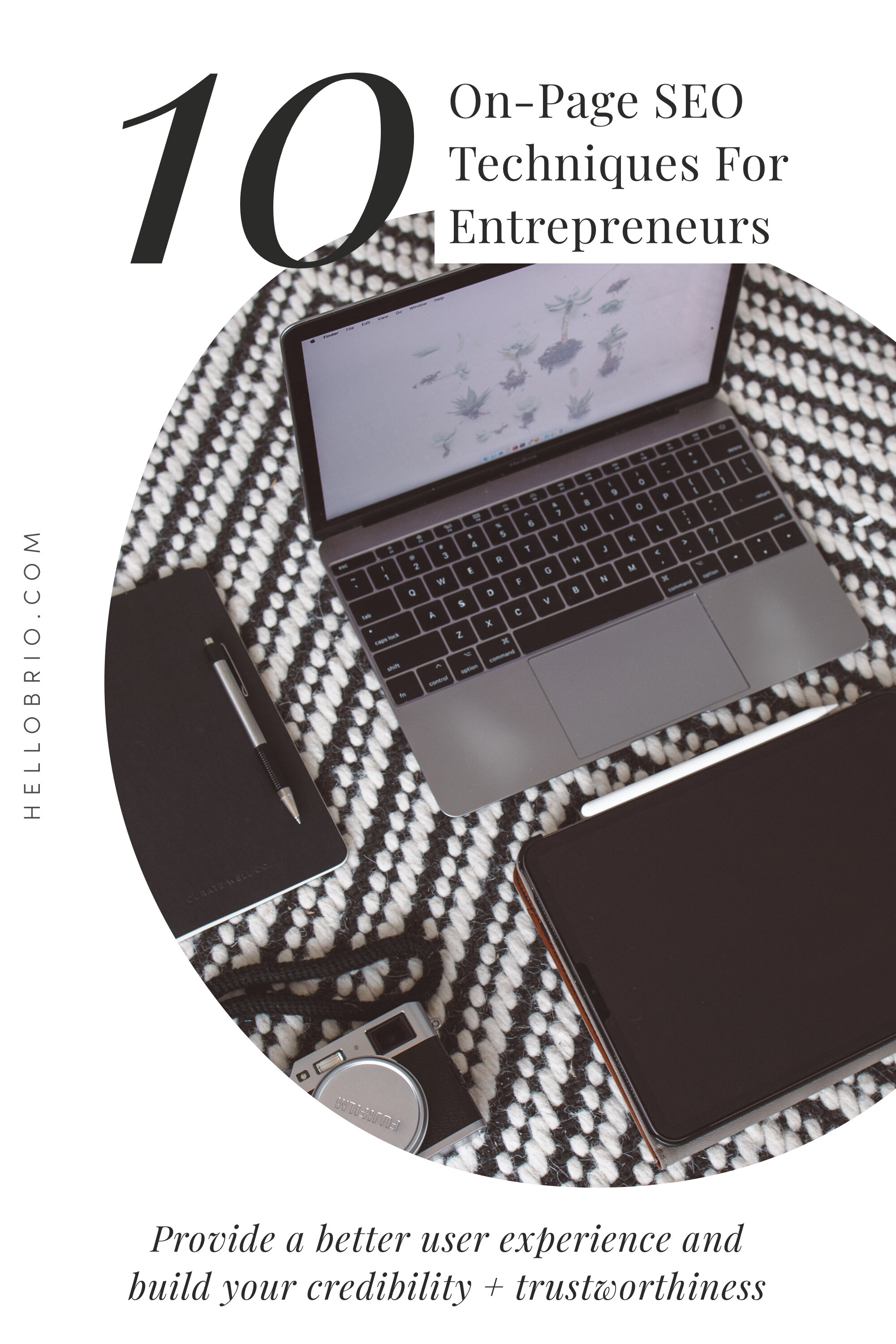



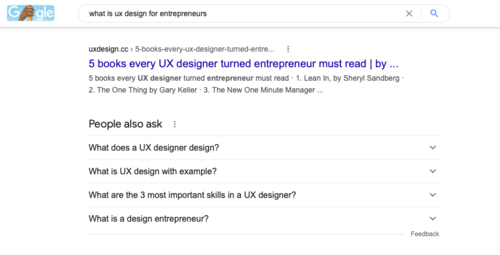

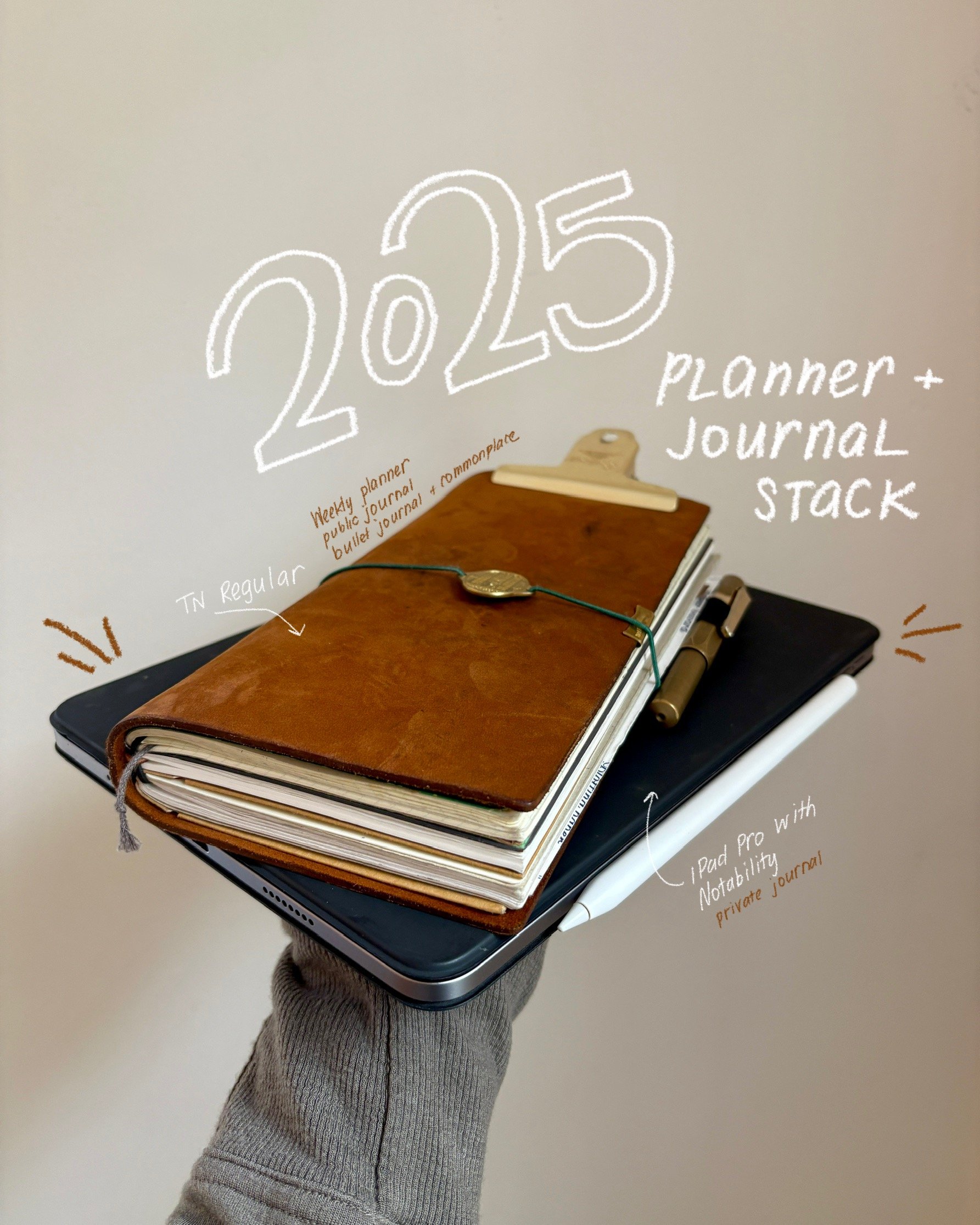


![How I journal on my iPad in Notability [2025]](https://images.squarespace-cdn.com/content/v1/603fd2e6b89a792feb000f9c/1675357907805-TSRYCEN9KUN66DNMHOLN/IMG_6041.JPG)
